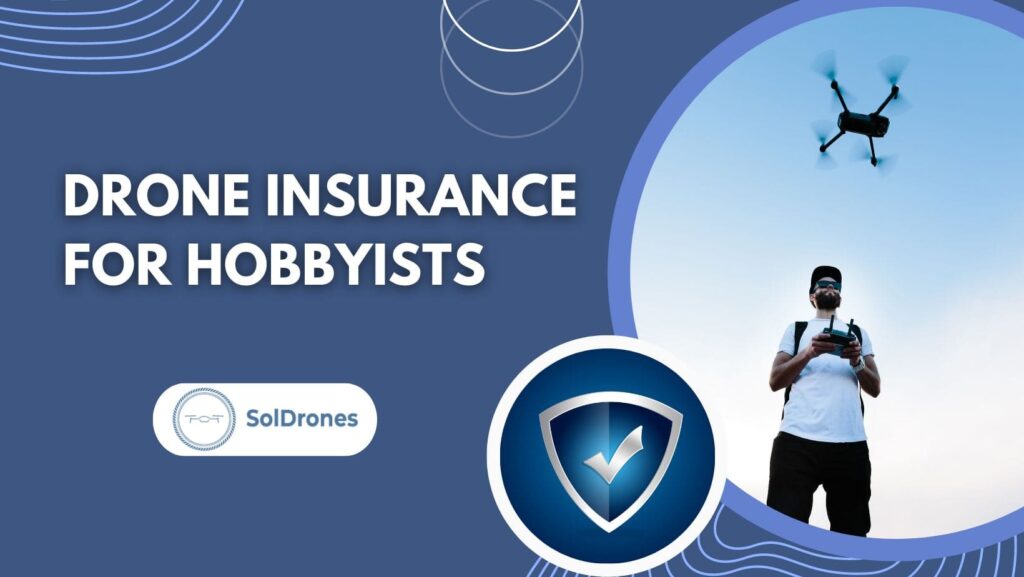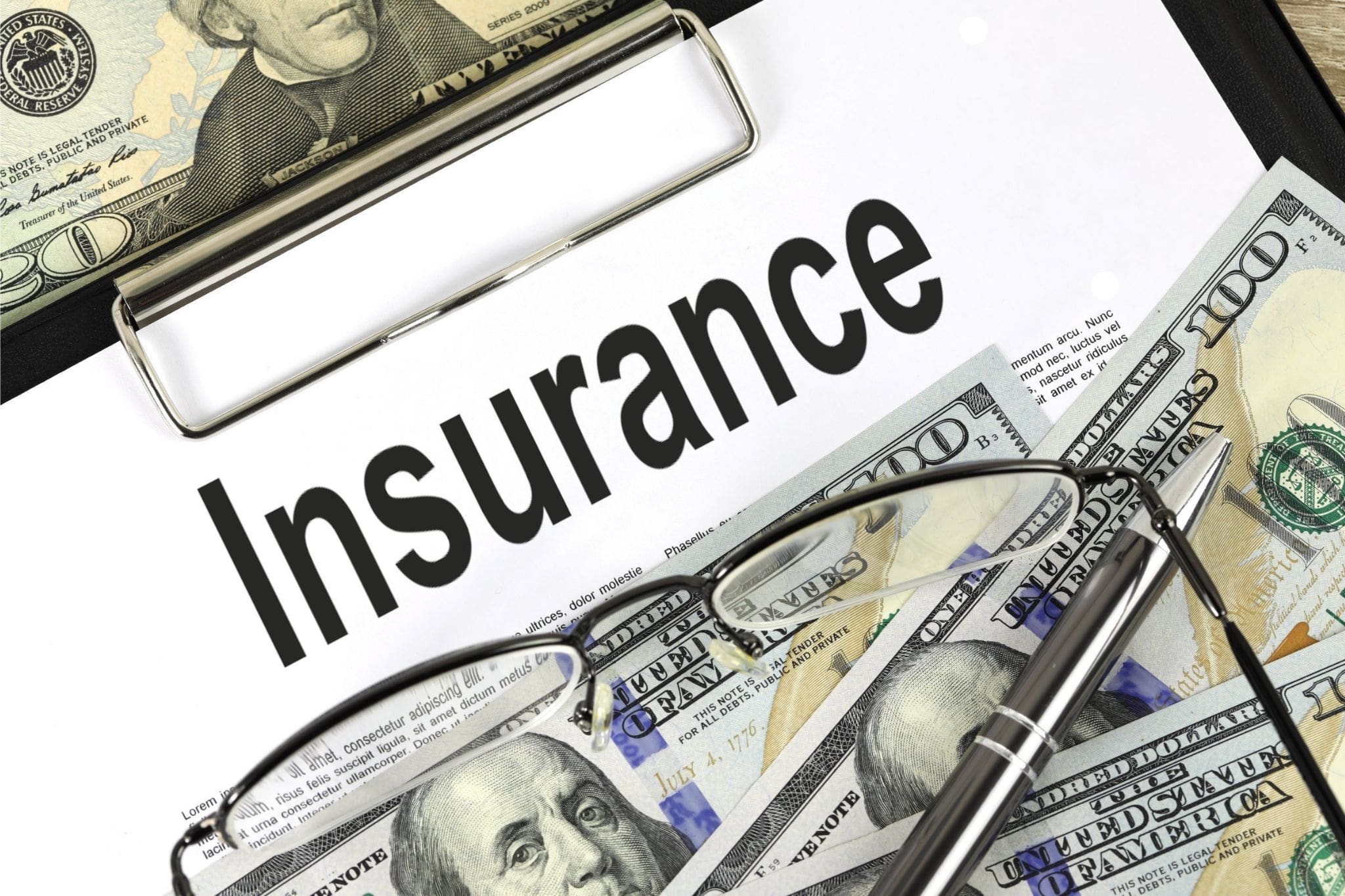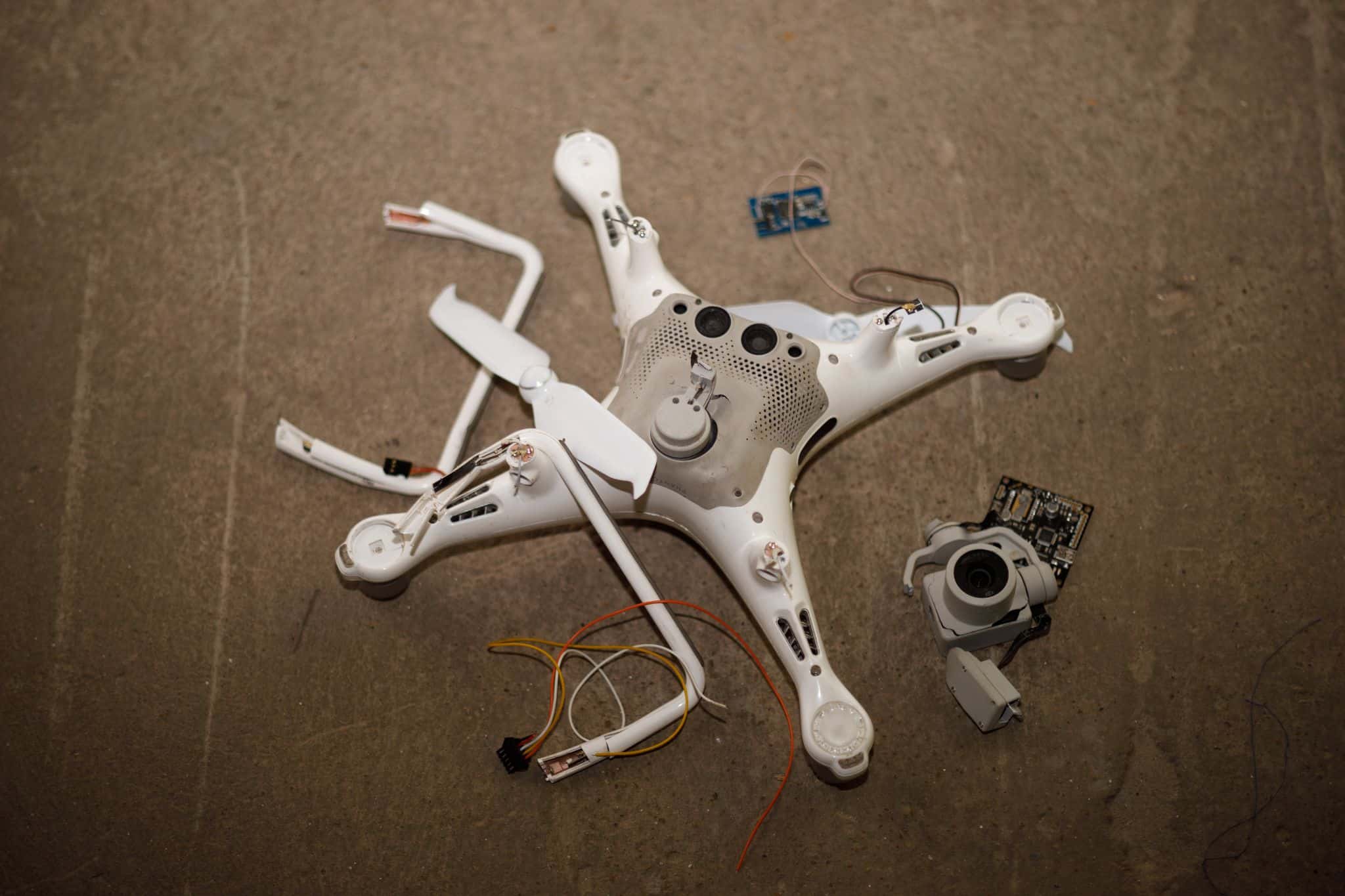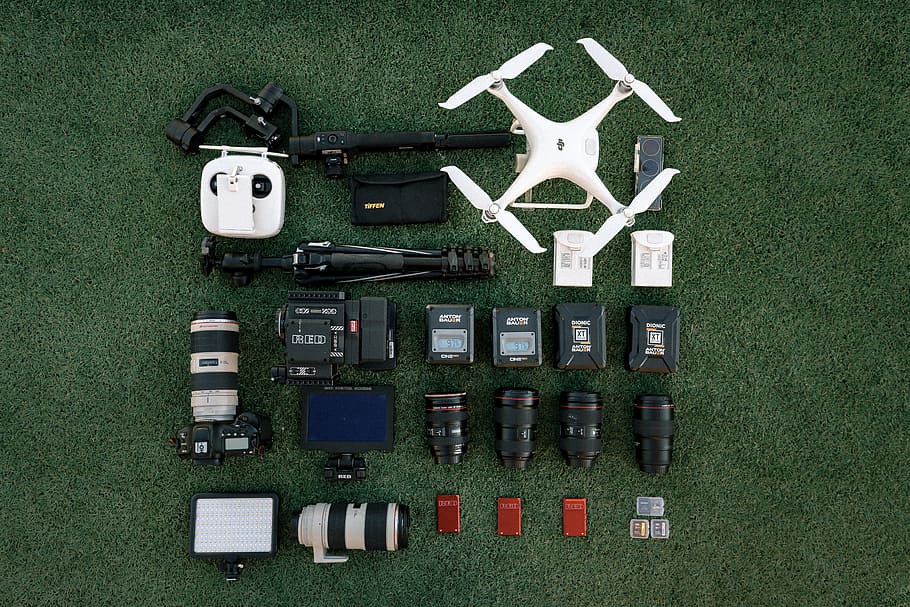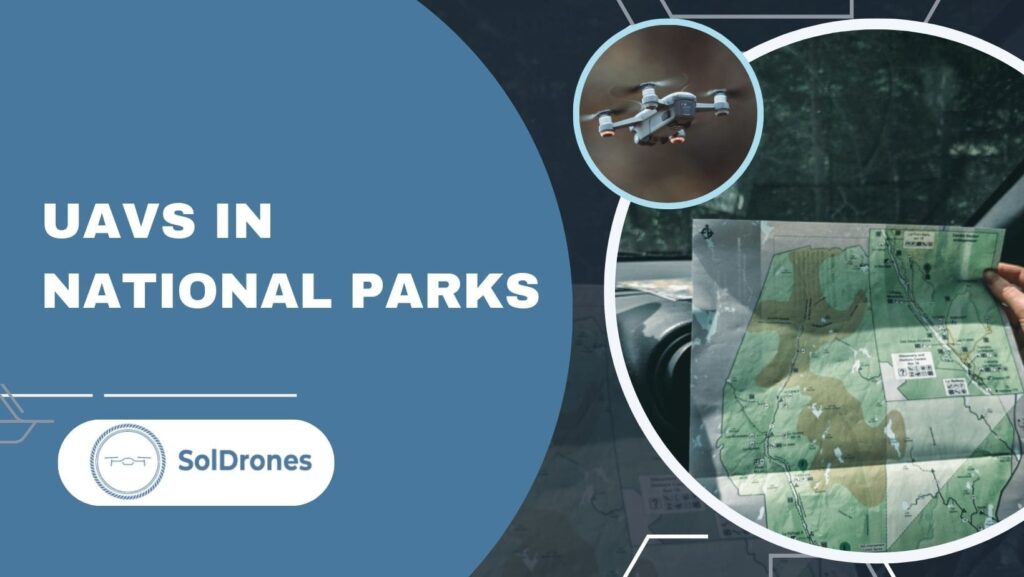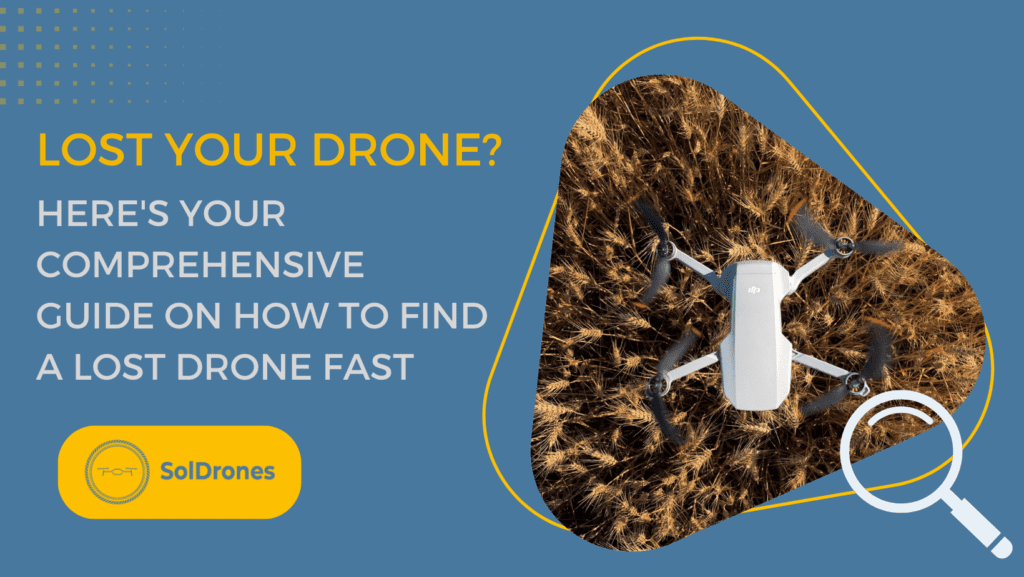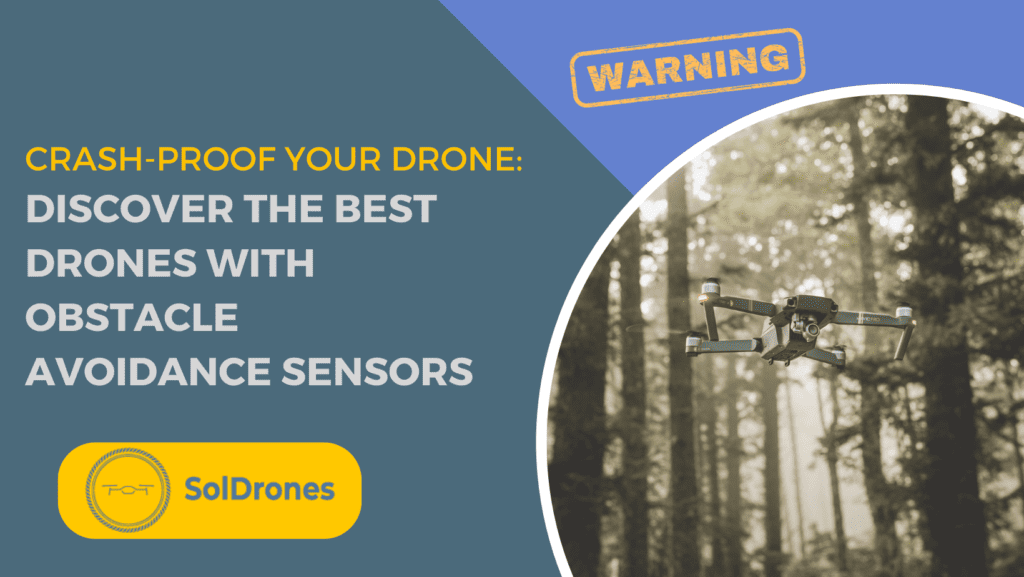Drones have found a place in the hearts of hobbyists and professionals alike.
Whether you’re a casual operator or considering drone use for business, one crucial aspect demands attention – insurance.
In this guide, we discuss the different aspects of drone insurance for hobbyists. You will understand the drone insurance cost, drone coverage, and even the included drone insurance policy.
With the Federal Aviation Administration (FAA) regulations hovering over drone operations, securing your drone goes beyond a precaution; it’s a necessity.
Let’s explore the different drone insurance coverage, ensuring that every flight, from recreational soaring to business endeavors, is shielded against unforeseen challenges.
Article Highlight:
- Unpack the layers of drone insurance, covering liabilities, physical damage, and additional safeguards for attached equipment and data breaches.
- Understand the legal landscape set by the FAA for drone insurance, emphasizing the necessity for coverage despite the absence of mandates.
- Learn practical tips to negotiate insurance rates, leverage experience, and embrace education and safety training for obtaining budget-friendly drone insurance.
Understanding Drone Risks
Embarking on a drone flight demands a clear grasp of the potential hazards that come with this exhilarating activity.
It’s not just about soaring through the skies; it’s about navigating through the real-world risks that accompany the thrill.
Consider the unforeseen technical glitches, the whims of unpredictable weather, or the occasional missteps from even the most adept pilots. These aren’t abstract notions but concrete challenges faced by every drone enthusiast.
Securing adequate insurance is not just a legal requirement but a shield against unforeseen risks.
Imagine a scenario where your drone, in its flight, collides with a structure or, more direly, causes harm due to a sudden malfunction.
Without insurance, the repercussions can be profound—bearing the weight of property damage claims, personal injury liabilities, and the financial strain of repairing or replacing malfunctioning equipment.
Video Credit: Shareholder Connect
Drone insurance is the safeguard that ensures you can revel in the thrill of flight while being grounded in the security that comes with comprehensive coverage.
Navigating FAA Guidelines
In the vast expanse of drone operations, strict adherence to Federal Aviation Administration (FAA) guidelines is a legal necessity.
This adherence is not just about flying responsibly; it’s about navigating the regulatory landscape to ensure compliance.
The FAA provides clear directives for drone operators, highlighting the imperative of responsible flying. While the FAA doesn’t explicitly mandate drone insurance, it unmistakably places the onus on operators for any potential fallout – be it damage or harm – resulting from their flights.
Despite the absence of a legal mandate, the significance of drone insurance cannot be overstated.
While the FAA governs the realms of airspace, insurance acts as a safeguard against the tangible risks on the ground – encompassing property damage, personal injury claims, and more.
It’s a proactive measure in harmony with responsible drone piloting. Beyond fulfilling regulatory expectations, it reflects a commitment to comprehensive coverage that resonates with the essence of responsible and secure drone operations.
Personal Drone Insurance Solutions
There’s a bit of coverage within regular homeowners’ or renters’ insurance.
Some policies might cover drones, keeping them safe from certain risks. But, it’s essential to check the policy details to understand how much it covers and what it doesn’t.
Although homeowners insurance can offer some protection, it may not cover all drone-related problems. This part explains that getting the right protection for your drone depends on the details of the policy, so it’s important to look closely.
Unlike one-size-fits-all coverage, standalone policies can be customized. They make sure your drone and any problems that come with it are fully covered.
When it comes to personal drone insurance, it’s about matching the coverage with how you use your drone. This way, you can enjoy flying without worrying about what might happen. It’s always better to check the coverage with drone insurance companies before applying for one.
Navigating personal drone insurance solutions means finding coverage that fits how you use your drone, ensuring you’re covered and worry-free in the skies.
Understanding how effective drone insurance is depends on choosing a policy that adapts to the specific ways you use your drone. Drone insurance depends on tailoring your coverage to your unique needs as a drone operator.
Types of Drone Insurance and Coverages
Understanding drone insurance requires knowing the available coverage types and ensuring your drone is shielded from potential mishaps.
A. Drone Liability Insurance
When it comes to keeping your drone adventures secure, liability insurance takes the lead.
Drone liability insurance steps in if your device unintentionally causes harm or damages someone else’s property. It acts as your safety net against unexpected accidents during flight.
The ideal coverage varies based on individual circumstances, but here are some general considerations:
- Minimum legal requirements: Start by understanding the minimum liability coverage required by the authorities. In some regions, there might be specific limits mandated for drone operators. Ensure your coverage meets at least these minimum legal requirements.
- Nature of operations: Assess the nature and scale of your drone operations. If you frequently fly in populated areas or during events, consider higher coverage limits. Increased human activity raises the risk of accidental damage or injury.
- Asset value: Evaluate the value of your drone and associated equipment. The coverage should be sufficient to replace or repair your drone in case of damage. For high-end drones, it’s advisable to opt for higher coverage.
- Potential liability: Consider potential liability scenarios. If your drone were to cause damage to expensive property or injure someone, the coverage should be enough to handle associated legal and medical expenses.
- Risk tolerance: Assess your risk tolerance and budget constraints. While higher coverage offers more protection, it comes with increased premiums. Find a balance that aligns with your risk tolerance and financial capacity.
It’s essential to consult with professional drone insurance providers to tailor coverage limits according to your specific circumstances and risk factors. Always remember to review and adjust your coverage as your drone operations evolve.
B. Physical Damage Coverage (Hull Insurance):
Hull coverage serves as a safety net against damages incurred during unexpected mishaps. Whether it’s repairing a tangled drone or replacing essential components, this ensures your drone remains resilient.
When considering hull insurance for your drone, several factors come into play. First, assess the value and sophistication of your drone. High-end models with advanced features and equipment may benefit significantly from hull insurance, providing a safeguard against potential damages.
Next, evaluate the environments in which you typically operate your drone. If you frequently navigate challenging or unpredictable landscapes, the likelihood of accidents or collisions increases. Hull insurance becomes more relevant in such scenarios, offering coverage for damages caused during unexpected mishaps.
Additionally, consider your overall investment in your drone, including any attached equipment or accessories.
Hull insurance extends its protective reach beyond the drone itself, covering associated components. This comprehensive coverage ensures that your entire setup, from the drone to its peripherals, is included in case of any unfortunate events.
Lastly, consider your budget and weigh it against the potential risks. While hull insurance provides valuable protection, it’s essential to find a balance that suits your financial capacity and the level of coverage you require.
By carefully considering these factors, you can make an informed decision regarding physical damage coverage for your drone.
C. Additional Coverages
Done insurance also extends its arms to safeguard your investments comprehensively.
- Payload insurance: Drone flights often involve carrying specialized equipment like cameras or sensors. Payload insurance steps up to bear the weight of protecting these attachments. Whether it’s a high-tech camera or a critical sensor, this coverage ensures they’re shielded from damage or loss.
- Cyber liability insurance: Drones not only capture images but also collect data. Cyber liability insurance becomes the virtual guardian, standing tall against potential breaches. Protect your drone’s software and the data it holds, assuring a secure flight in the digital realm.
How Much Does Drone Insurance Cost?
Here are the factors affecting drone insurance costs:
- Type of coverage: Tailoring your insurance to match your needs affects the cost. Whether it’s liability, hull, or additional coverages, each plays a role in determining the overall expense.
- Drone value: The price tag on your drone is a key player. High-end models may incur higher insurance costs due to their elevated replacement value.
- Purpose of usage: The reason behind your drone flights matters. Commercial operations in bustling areas might invite higher costs compared to recreational use.
- Pilot experience: Seasoned flyers often secure more favorable rates. A clean flying record and proper training can contribute to lowering insurance costs.
Strike the right balance by analyzing the variables impacting expenses and making an informed choice among providers. Your investment in coverage should align with both your drone’s value and your specific operational needs.
Tips for Cost-Effective Drone Insurance
Here are the strategies for getting economical drone insurance:
- Negotiate insurance rates: Don’t shy away from negotiating your insurance rates. Flex your bargaining skills and capitalize on your flying history. An accident-free record and professional training can tilt negotiations in your favor.
- Leverage experience and training: Your experience as a drone pilot matters. Highlighting a commendable flying history and showcasing certifications from reputable drone training organizations can position you as a low-risk pilot, potentially reducing insurance costs.
- Education and safety training: Investing in education pays off in insurance savings. Enroll in safety courses and stay informed about the latest regulations. Many insurance providers offer discounts for completing recognized drone safety programs.
Cost-effective drone insurance is within reach. Maximize your negotiation abilities, emphasize your experience, and invest in ongoing education to not only protect your drone but also save significantly on drone insurance premiums.
Final Thoughts
In the dynamic realm of drone operations, securing adequate insurance is not just a legal requirement but a shield against unforeseen risks.
From understanding the inherent liabilities to navigating FAA guidelines, this comprehensive guide empowers drone enthusiasts and commercial pilots alike.
Recognizing the multifaceted nature of risks, we explored the options available for personal and standalone drone insurance, shedding light on existing homeowners’ policies and standalone solutions.
The exploration of drone insurance types, encompassing liability coverage, physical damage safeguards, and additional coverages like payload and cyber liability, equips you to tailor protection to your unique needs.
Unveiling the factors influencing insurance costs and offering tips for cost-effective coverage underscores the importance of savvy decision-making.
Remember, negotiating rates, leveraging experience, and embracing ongoing education can significantly impact your insurance expenses.
As you take to the skies, this guide ensures you’re not only a skilled pilot but a well-protected one, fostering a seamless and secure journey into the realm of drone exploration.
FAQs
What types of coverage does drone insurance offer?
Drone insurance provides various coverage options, including liability coverage for third-party claims, physical damage coverage (hull insurance) for the drone itself, and additional coverages like payload insurance and cyber liability insurance.
Is drone insurance mandatory according to FAA regulations?
While the Federal Aviation Administration (FAA) doesn’t mandate drone insurance, having it is a prudent choice. It safeguards you against potential liabilities and offers financial protection in case of accidents, property damage, or injuries.
Can homeowners’ insurance cover drone-related damages?
In some cases, homeowners’ insurance might cover drone-related damages under the personal property section. However, it’s crucial to evaluate the limitations and consider standalone drone insurance for comprehensive coverage tailored to your needs.
What factors influence the cost of drone insurance?
Several factors impact drone insurance costs, including the type of coverage, liability limits, drone value, pilot experience, and the purpose of drone use. Comparing quotes from different providers can help you make informed and cost-effective decisions.
How can I save on drone insurance costs?
Negotiating rates, highlighting your experience and training, and investing in education and safety training can help you secure discounts on drone insurance. Additionally, choosing coverage wisely based on your specific needs can contribute to cost-effective protection.

